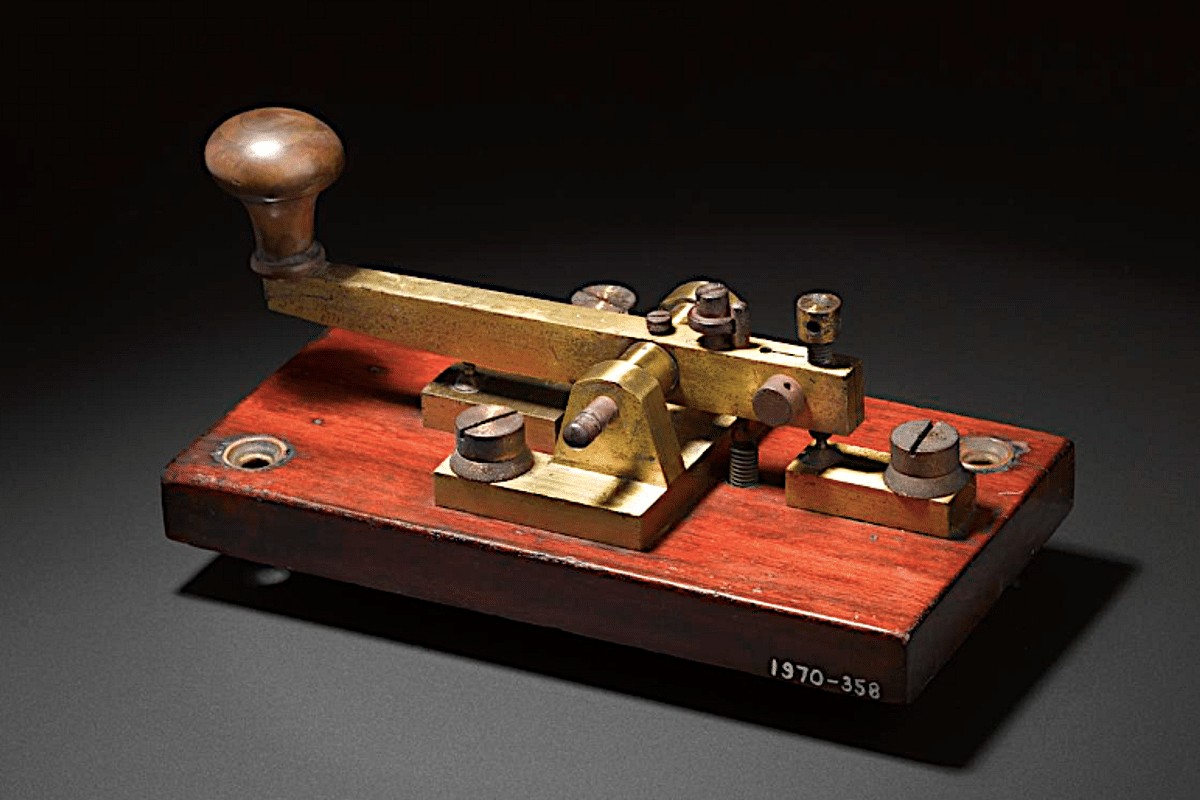
Telegraphs revolutionized communication in the 19th century, transforming how people shared information over long distances. Before telegraphs, messages traveled at the speed of horses or ships, taking days or even weeks. Samuel Morse and his invention of Morse code made it possible to send messages instantly using electrical signals. This breakthrough connected cities, countries, and continents, laying the groundwork for modern communication networks. Telegraph lines crisscrossed the globe, enabling rapid news dissemination, business transactions, and personal messages. Curious about how this technology shaped our world? Here are 25 fascinating facts about telegraphs that highlight their impact and legacy.
The Birth of the Telegraph
The telegraph revolutionized communication in the 19th century. It allowed messages to be sent over long distances in a matter of minutes, a significant improvement over previous methods.
- Samuel Morse, an American inventor, developed the first practical telegraph system in the 1830s.
- Morse also created Morse code, a system of dots and dashes representing letters and numbers.
- The first successful telegraph message was sent on May 24, 1844, from Washington, D.C., to Baltimore, Maryland.
- The message read, "What hath God wrought?" a phrase from the Bible.
How the Telegraph Works
Understanding the mechanics behind the telegraph can be fascinating. It involves electrical signals, wires, and a lot of ingenuity.
- The telegraph works by sending electrical signals over a wire between two stations.
- Operators at each end use a telegraph key to send and receive messages in Morse code.
- Early telegraph systems used a single wire, with the earth itself acting as the return path for the electrical current.
- Telegraph lines were often strung along railroad tracks, making it easier to lay and maintain the wires.
The Impact on Society
The telegraph had a profound impact on society, changing the way people communicated and did business.
- News could be transmitted quickly, leading to the rise of wire services like the Associated Press.
- Businesses could coordinate activities over long distances, improving efficiency and productivity.
- The telegraph played a crucial role in military communication, especially during the American Civil War.
- It also helped in the development of the modern financial system by enabling rapid communication between stock exchanges.
Global Expansion
The telegraph didn't just change America; it had a global impact, connecting continents and cultures.
- The first transatlantic telegraph cable was completed in 1858, connecting North America and Europe.
- This cable reduced the time it took to send a message across the Atlantic from weeks to minutes.
- By the late 19th century, a global network of telegraph cables connected most of the world.
- Countries like India, Australia, and China were integrated into this global communication network.
Technological Advancements
Over time, the telegraph evolved, incorporating new technologies and improving its capabilities.
- Duplex telegraphy allowed two messages to be sent simultaneously in opposite directions on the same wire.
- Quadruplex telegraphy, invented by Thomas Edison, enabled four messages to be sent at once.
- The invention of the teleprinter in the early 20th century automated the process of sending and receiving messages.
- Wireless telegraphy, or radio, emerged in the early 1900s, allowing messages to be sent without wires.
The Decline of the Telegraph
Despite its revolutionary impact, the telegraph eventually became obsolete, replaced by newer technologies.
- The telephone, invented by Alexander Graham Bell in 1876, began to replace the telegraph for voice communication.
- The rise of the internet and email in the late 20th century further diminished the need for telegraph services.
- Western Union, once the dominant telegraph company in the United States, sent its last telegram in 2006.
- Today, the telegraph is mostly a historical artifact, remembered for its role in shaping modern communication.
Fun Facts
Even though the telegraph is no longer in use, it left behind some interesting tidbits and trivia.
- The word "telegram" comes from the Greek words "tele," meaning "far," and "gramma," meaning "letter."
The Telegraph's Lasting Impact
Telegraphs changed the world forever. They made communication faster, connecting people across vast distances. Before telegraphs, messages took days or weeks to travel. Suddenly, news and information could be shared almost instantly. This breakthrough paved the way for modern communication technologies like telephones, the internet, and smartphones.
Telegraphs also played a crucial role in business and politics. Companies could coordinate operations more efficiently, and governments could respond to events more quickly. During wars, telegraphs provided a strategic advantage by allowing rapid communication between military leaders.
Even though telegraphs are mostly obsolete today, their legacy lives on. They taught us the value of quick, reliable communication and set the stage for the interconnected world we live in now. Understanding the history of the telegraph helps us appreciate how far we've come and inspires us to keep innovating.
Was this page helpful?
Our commitment to delivering trustworthy and engaging content is at the heart of what we do. Each fact on our site is contributed by real users like you, bringing a wealth of diverse insights and information. To ensure the highest standards of accuracy and reliability, our dedicated editors meticulously review each submission. This process guarantees that the facts we share are not only fascinating but also credible. Trust in our commitment to quality and authenticity as you explore and learn with us.
